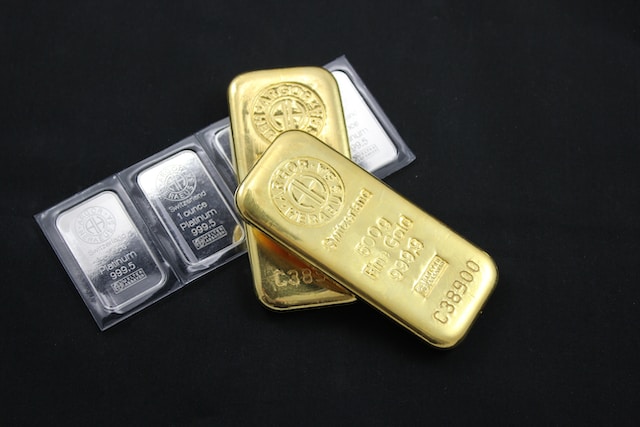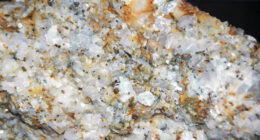Bullion is the final product of highly pure precious metals in the form of bars or coins, whereas doré is an alloy of gold and silver produced during the early stages of refining ores before further purification.
TL;DR Bullion Vs. Doré
Bullion refers to pure or nearly pure precious metals (gold, silver, etc.) in the form of bars, ingots, or coins, primarily used for investment and as a store of value. It is produced by government mints or private refiners with high purity levels.
Doré is an alloy of gold and silver produced during early ore refining stages. It contains impurities and is an intermediate product before further purification to obtain refined gold or silver for commercial use.
What is bullion?

Bullion, often spelled as “bullion,” refers to precious metals, such as gold, silver, platinum, or palladium, that are in the form of bars, ingots, or coins.
These metals are in their pure or nearly pure form and are valued based on their metal content and weight. Bullion is primarily used as a store of value and as a medium of exchange in the financial market.
Bullion is often produced by government mints or private refiners, it comes with a hallmark or stamp indicating its purity and weight.
What is doré?
Doré, also spelled as “dore” or “doree,” is a term used in the context of precious metals, particularly gold and silver. Doré refers to an alloy or mixture of gold and silver that is produced as an intermediate product during the process of refining gold or silver ores.
During the initial stages of refining, the resultant gold or silver may still contain some impurities and trace amounts of other metals. At this point, it is called doré, and its composition is typically a mix of gold, silver, and sometimes smaller quantities of other elements.
Bullion Vs. Doré – Key differences
Bullion
- Definition: Bullion refers to precious metals (like gold, silver, platinum, or palladium) in the form of bars, ingots, or coins.
- Composition: It consists of pure or nearly pure precious metal with high levels of purity.
- Production: Bullion is typically produced by government mints or private refiners specifically for investment purposes.
- Purity: The purity of bullion is usually very high, often at least 99.5% or more for investment-grade products.
- Purpose: Bullion is primarily used as a store of value, a medium of exchange, and an investment in the financial market.
Doré
- Definition: Doré refers to an alloy of gold and silver (sometimes with trace amounts of other elements) that is produced during the early stages of refining gold or silver ores.
- Composition: It is a mixture of gold and silver along with impurities present in the ore.
- Production: Doré is an intermediate product during the ore refining process. It is produced when the precious metals are extracted from the ore but are not yet fully purified.
- Purity: The purity of doré is lower than that of bullion since it contains impurities and other metals that have not been separated yet.
- Purpose: Doré is further processed in a refinery to separate the gold and silver from impurities, eventually leading to the production of refined gold or silver for commercial and industrial use.
Image Credits
Featured Image By – Zlaťáky.cz on Unsplash
Image 1 By – Jingming Pan on Unsplash








